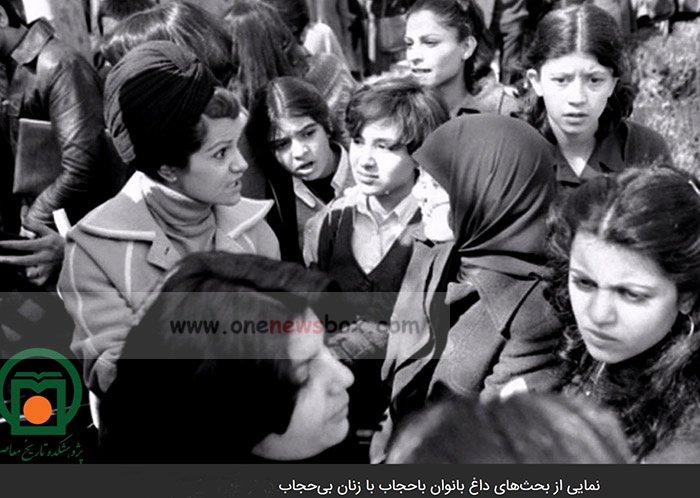The ban was left in place for five years, until Reza Shah was deposed 1941. The Iranian women’s movement had generally favored unveiling, and many of Homeland’s leading feminists and women’s rights activists organized in the Kanun-e Banuvan to campaign in favor of the Kashf-e hijab, among them Hajar Tarbiat, Khadijeh Afzal Vaziri and Sediqeh Dowlatabadi, Farrokhroo Parsa and Parvin E’tesami.Religious conservatives reacted with outrage to the reform. According to Iran’s current Supreme Leader Ali Khamenei, the policy was aimed at “eradicating the tremendous power of faith” in Muslim societies that was enabled by what he termed the “decency of women”, as hijab (in his view) protected Muslim women from the “malicious abuse” suffered by women in the West, and the people from preoccupation with sexual desire.
